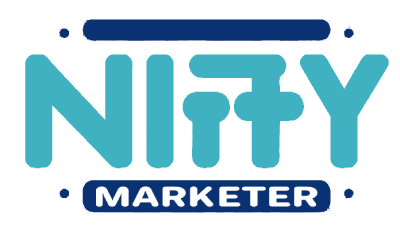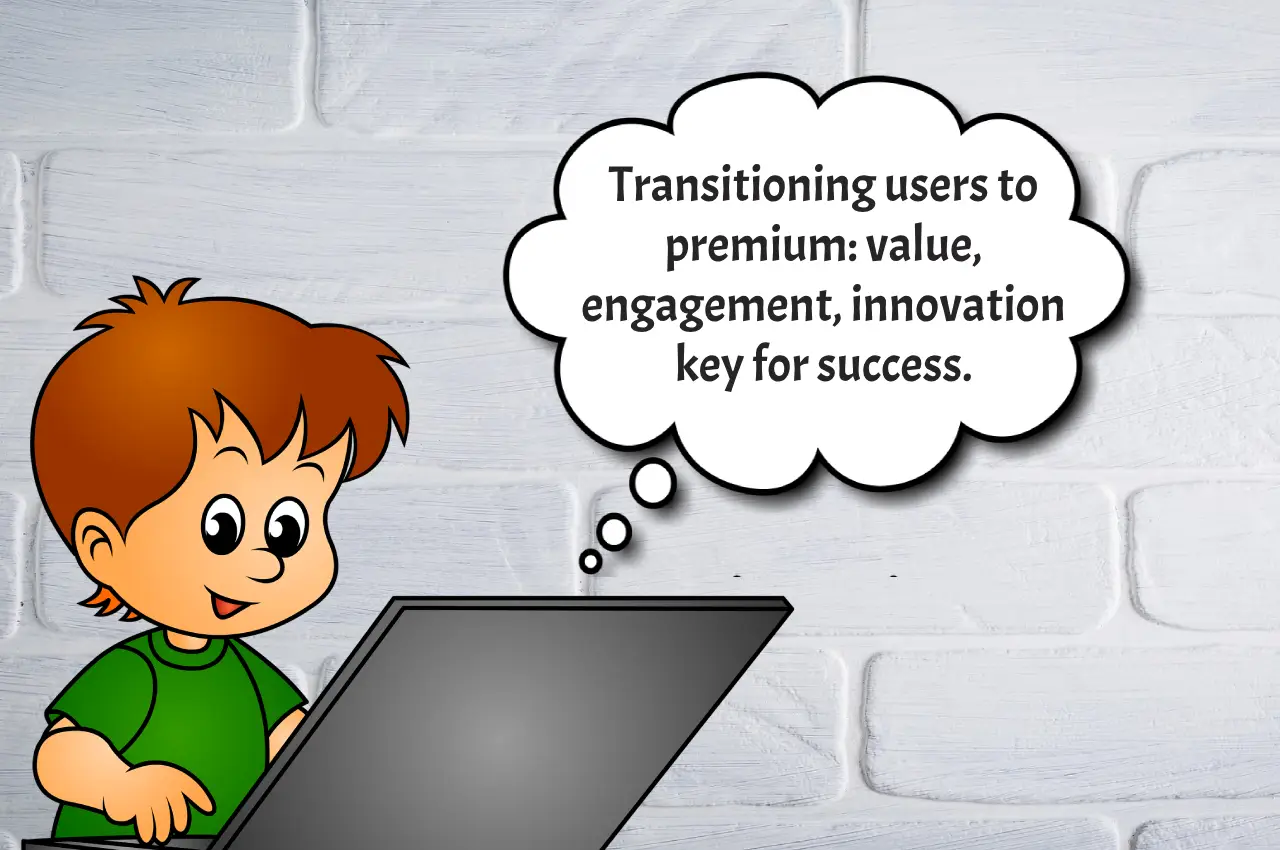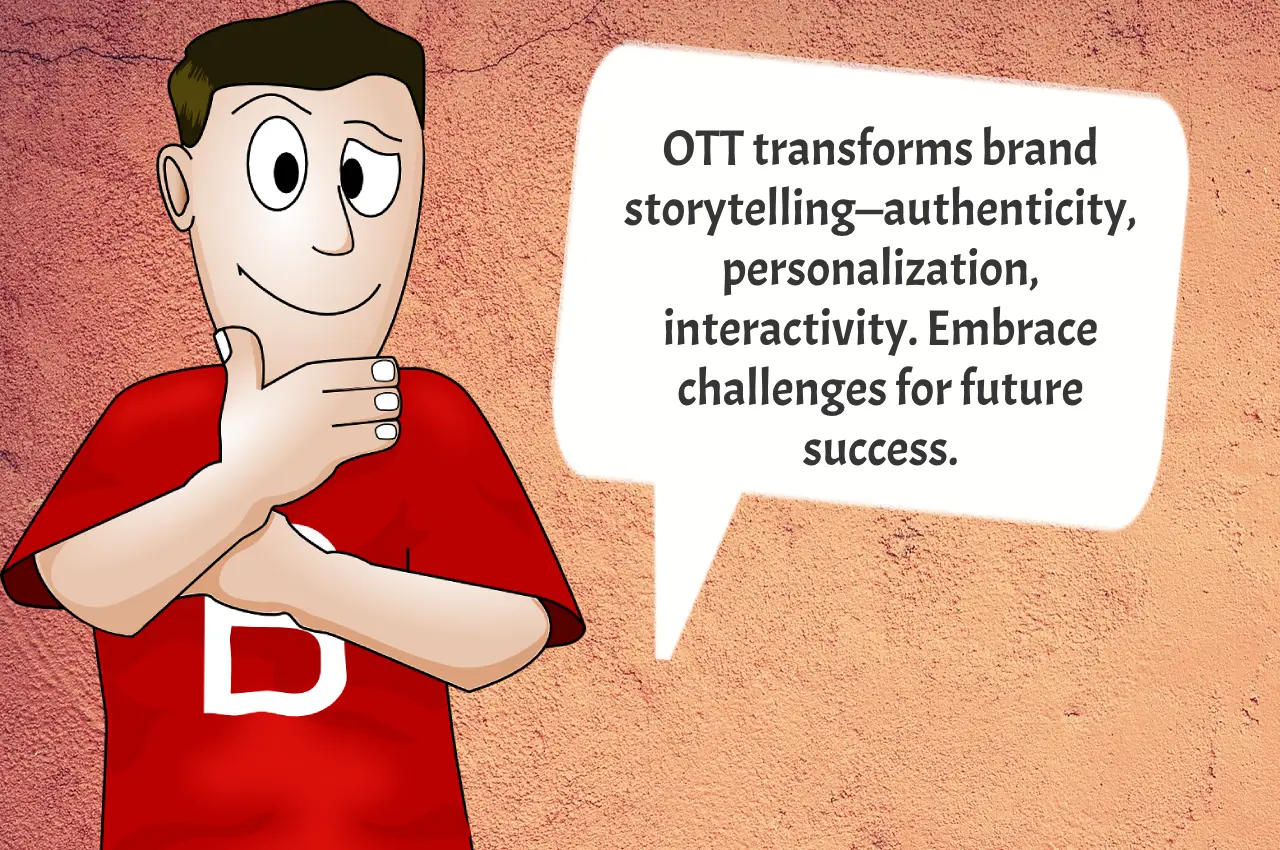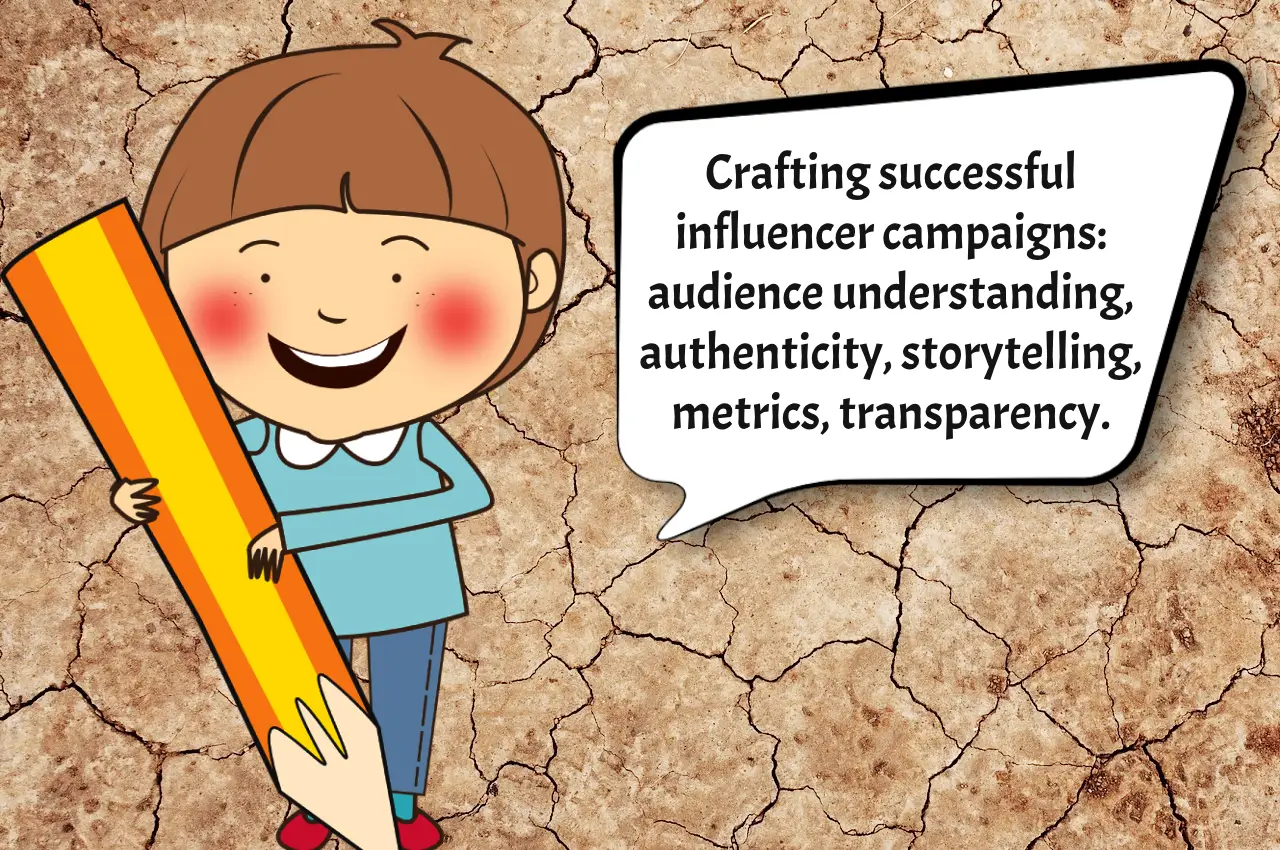In today’s digital landscape, the freemium model has become a staple for many businesses. It’s a strategy where you offer basic services for free while reserving more advanced features for paying customers. This model can be a powerful tool for user acquisition, but the real challenge lies in converting these users into paying customers. In this blog post, we’ll delve into how businesses can effectively transition from freemium to premium, thereby monetizing user growth.
Understanding the Freemium Model
At its core, the freemium model is about attracting users with free offerings. These offerings must provide enough value to get users hooked. The goal is to let them see the potential of the full product, creating a desire for the premium features. This model has been successful for companies like Spotify and Dropbox, where users start with a basic, free version and can upgrade for more features.
Identifying the Right Users
Not all users will convert to paying customers, and that’s okay. Focus on identifying users who show potential for conversion. These are usually the ones who engage most with your product. Analyze user behavior to understand who is more likely to upgrade. Tools like Google Analytics can be instrumental in this process.
Enhancing the User Experience
A crucial step in moving users from freemium to premium is ensuring a stellar user experience. The free version should be impressive but leave room for wanting more. Think about LinkedIn’s approach. Their free version is robust, but the premium features are tempting for professionals looking to expand their network and opportunities.
Effective Communication of Value
Communicating the value of your premium offerings is key. Users need to understand what they’re missing out on. A great example is the gaming app industry. Many use in-app purchases to enhance the gaming experience. They show players what they could achieve or access with these purchases, creating a compelling case for upgrading.
Personalization and Targeted Offers
Personalization can significantly boost conversion rates. Tailor your messages and offers based on user behavior and preferences. For instance, if a user frequently uses a particular feature, offer a premium version of that feature at a discounted rate. This strategy feels more relevant and appealing to the user.
Timing is Everything
The timing of your pitch can make a big difference. Don’t rush to offer the premium version. Let users explore and enjoy the free version first. Once they seem engaged and familiar with the product, introduce the premium option. A well-timed offer can be the nudge they need to upgrade.
Offering a Seamless Upgrade Process
Make the transition from freemium to premium as seamless as possible. The process should be straightforward and hassle-free. For example, if you’re running a subscription-based service, ensure that upgrading is just a few clicks away. Any complication in the process can deter potential conversions.
Showcasing Success Stories
People relate to stories. Share success stories of customers who’ve benefited from upgrading. This approach not only humanizes your brand but also provides tangible proof of the value of your premium offering. Customer testimonials can be a powerful tool in persuading users to make the leap.
Continuously Improving and Adapting
The market is always changing, and so should your strategies. Keep analyzing what works and what doesn’t. Be ready to adapt your approach based on user feedback and market trends. Continuous improvement is key to keeping both your freemium and premium offerings attractive and competitive.
Engaging with Your Community
Engagement goes beyond just selling your product. It’s about building a community around your brand. Engage with your users on social media, forums, and other platforms. Listen to their feedback and make them feel heard. A strong community can lead to higher conversion rates as users feel more connected to your brand.
Leveraging Data for Informed Decisions
In the digital age, data is king. Use data analytics to understand how users interact with your product. Track which features are most popular and identify patterns in user behavior. This data can guide your decisions on what premium features to develop. For instance, if data shows that users engage heavily with a particular free feature, consider enhancing it for your premium version.
Crafting an Irresistible Premium Offering
Your premium offering should feel like a natural progression from the free version. It needs to be compelling enough for users to want to pay for it. Take Evernote, for example. Their free version is highly functional, but the premium version offers indispensable features for power users, like offline access and more storage.
Utilizing Trials to Spark Interest
Offering a free trial of premium features can be a game-changer. It lets users experience the full capabilities of your product risk-free. Make sure your trial period is long enough for users to fully engage with these features. Adobe Creative Cloud gives a 7-day free trial, allowing users to explore its extensive suite of tools, which can lead to a purchase decision.
The Power of Exclusivity
Creating a sense of exclusivity can also drive users towards premium. Offer features that not only enhance the user experience but also provide a sense of privilege. For example, Amazon Prime offers exclusive access to deals and content, making the premium version more attractive.
Building a Strong Brand Narrative
Your brand’s story can play a significant role in user conversion. A strong narrative that resonates with your audience can create a deeper connection with your product. Share your journey, the problem you’re solving, and how your premium offering is a part of that solution. People often buy into stories and visions more than products.
Utilizing Social Proof
Social proof, like user reviews and ratings, significantly influences purchasing decisions. Highlight positive reviews and ratings of your premium version on your website and in marketing materials. This approach can build trust and credibility, encouraging free users to upgrade.
Creating a Community of Advocates
Encourage your premium users to become advocates for your product. User-generated content, like reviews or social media posts, can be very persuasive. Dropbox successfully used referral programs, giving existing users extra storage for every new user they brought in, effectively turning them into brand advocates.
Regular Updates and Innovation
Keep your product fresh and relevant. Regular updates and new features show that you’re committed to providing value. This commitment can motivate free users to upgrade. For example, apps like Duolingo constantly update their content and features, keeping both free and premium users engaged and interested in what’s next.
Strategic Pricing Models
Pricing is crucial. Experiment with different pricing models to find what works best for your audience and market. Consider tiered pricing, where users can choose a level that suits their needs and budget. Software like Slack uses this model effectively, offering various tiers that cater to different user groups.
Balancing Free and Premium Features
The balance between free and premium features is delicate. Ensure the free version is useful enough to attract users but leaves room for wanting the premium upgrade. For instance, the basic plan of Zoom offers substantial functionality, but the premium plans are more suited for businesses with their extended features.
Shifting users from freemium to premium is a multifaceted challenge, requiring a deep understanding of your audience, market trends, and the unique value your product offers. By focusing on providing real value, engaging with users, and continuously innovating, you can successfully make this transition and grow your business.
Now, let’s continue the conversation. Share your experiences or strategies in converting users from free to paid versions. Have you found certain techniques more effective than others? What challenges have you faced in this process? Join the discussion below and help build a community of knowledge and experience. Let’s learn and succeed together!





